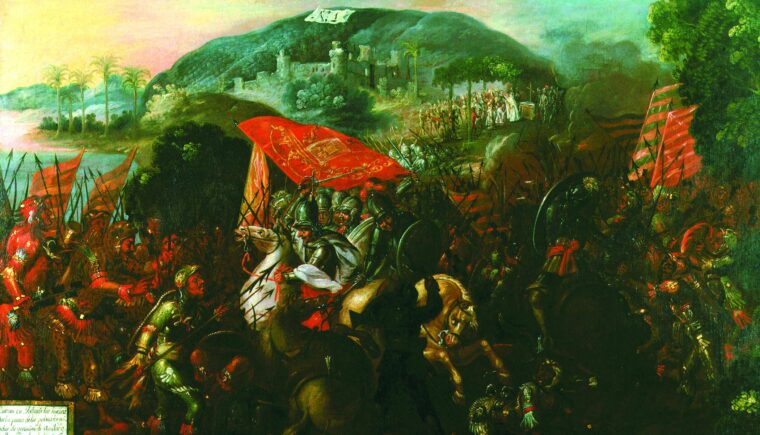
Latest Posts
Hernándo Cortés on the plains of Cintla
By Charles HilbertIn March 1519, a small square of 400 Spanish adventurers under the command of Hernándo Cortés stood at bay on the plain of Cintla in Tabasco, Mexico. Read more
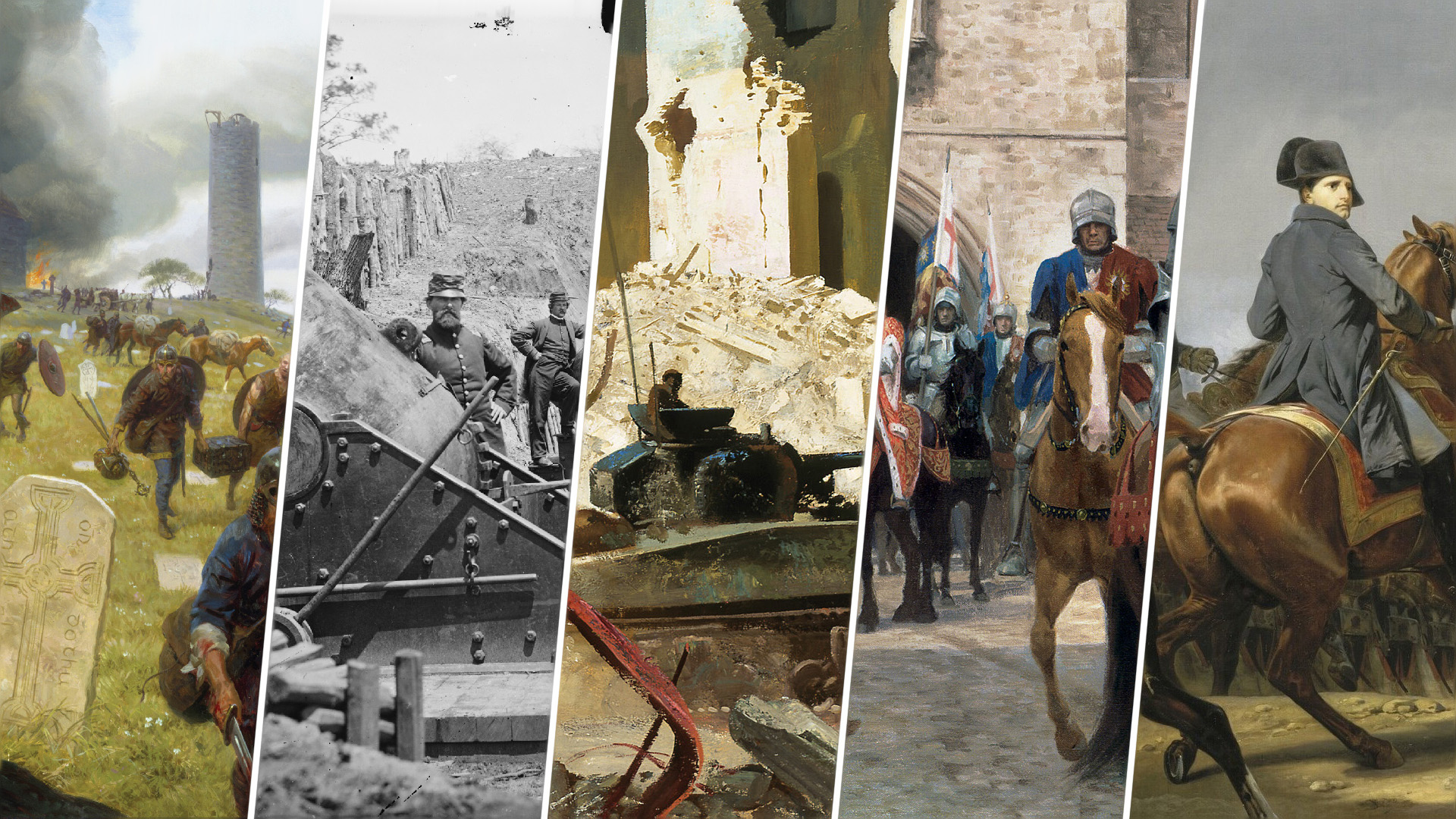

Latest Posts
In March 1519, a small square of 400 Spanish adventurers under the command of Hernándo Cortés stood at bay on the plain of Cintla in Tabasco, Mexico. Read more
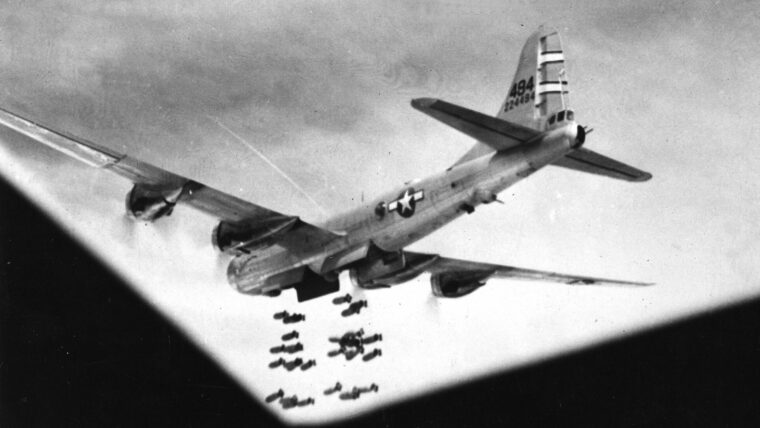
Latest Posts
As the Japanese delegation stood on the deck of the battleship USS Missouri on September 2, 1945, preparing to sign the documents that ended World War II, a large formation of Boeing B-29 Superfortress heavy bombers swooped low over Tokyo Bay as a reminder of the terrible destruction that had befallen their nation and turned Japan’s cities into ruins. Read more

Latest Posts
Robert Devereux, the third Earl of Essex, was on his way to church in the small village of Kineton in Warwickshire on the morning of October 23, 1642, when he received word that the enemy was at hand. Read more
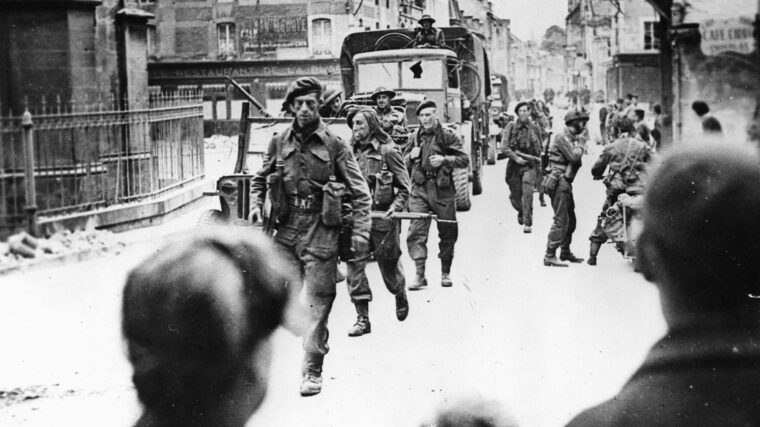
Latest Posts
Some accounts of Ian Fleming’s life make it seem that only at the age of 44, as an antidote to the shock of finally agreeing to get married, did he suddenly commit himself to the unplanned task of creating his James Bond novels. Read more

Latest Posts
As an icon of the Vietnam War and an angel of mercy for American troops who fought there, the Bell UH-1 Iroquois, affectionately known as the “Huey,” has gone on to become the most recognizable helicopter in the world. Read more

Latest Posts
Boarding a train at the famous station built by the French as a terminus on the line from Djibouti, the Conquering Lion of the Tribe of Judah, Elect of God, Ras Tafari, Emperor Haile Selassie of Abyssinia left his capital Addis Ababa on May 2, 1936. Read more
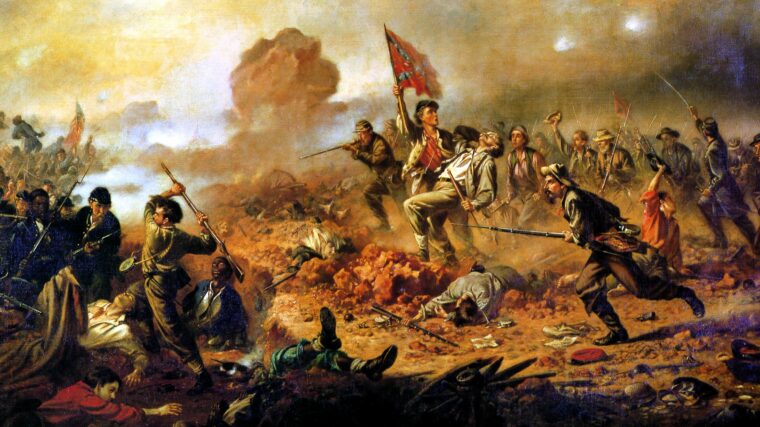
Latest Posts
In the summer of 1864, after six weeks of virtually constant combat in the Wilderness area of northern Virginia, the Union and Confederate armies of Ulysses S. Read more
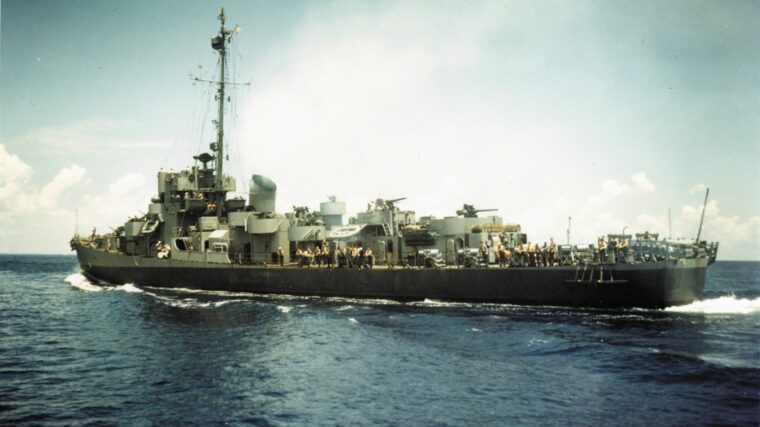
Latest Posts
Through the first half of World War II, Allied shipping losses to German U-boats climbed steadily from over 400,000 tons in the last four months of 1939 to more than two million tons each in 1940 and 1941, before reaching a staggering 6,266,215 tons in 1942 following the entry of the United States into the war. Read more

Latest Posts
We can never know what frantic thoughts raced through George Armstrong Custer’s mind in the last hour of his life. Read more
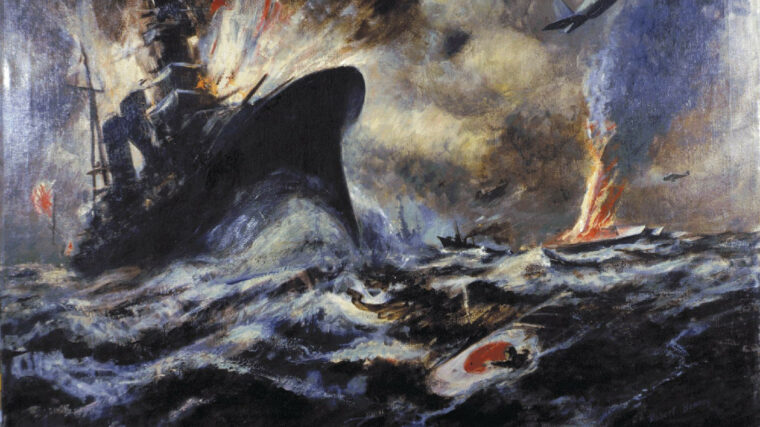
Latest Posts
Japanese military successes in 1941 and 1942 shocked the West. Behind those successes lay a logistics effort not often appreciated, that of shipping. Read more
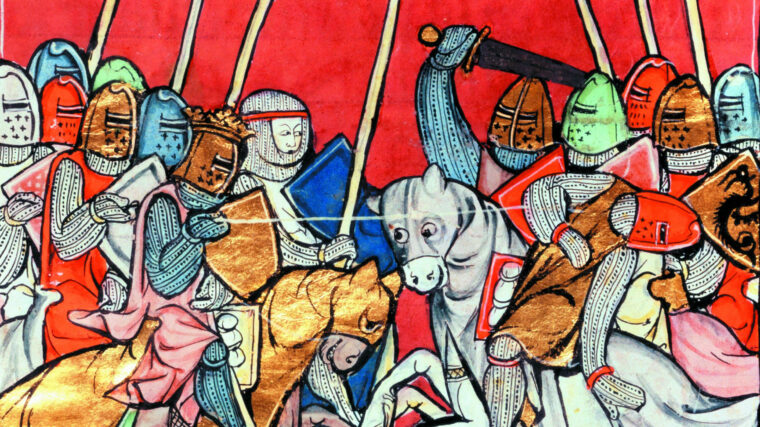
Latest Posts
Britain was a battleground in the last years of the fifth century. The occupying, and in some sense stabilizing, Roman legions long since had gone, never to return, and the native Britons found themselves locked in a long, heartbreaking struggle against waves of brutal North German invaders—Angles, Saxons, and Jutes—who delighted in bloodshed, rape, and murder. Read more

Latest Posts
General George S. Patton, Jr., was one of the most flamboyant and controversial figures of World War II. Read more
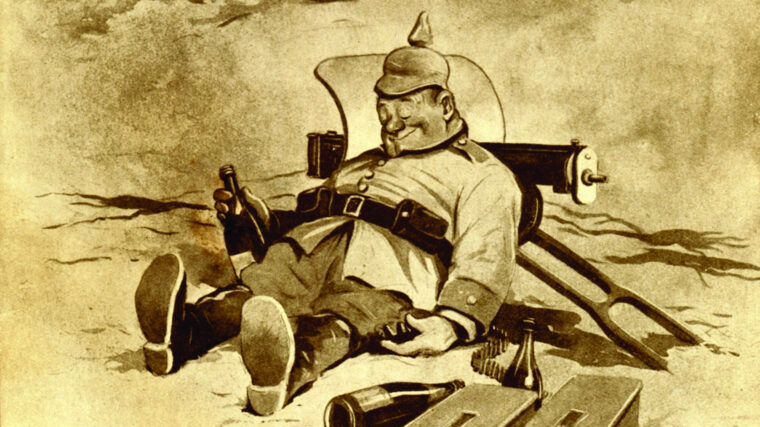
Latest Posts
You should send that into one of the illustrated papers or magazines,” said a young subaltern, looking over the shoulder of an officer who was sitting in front of a makeshift table finishing a pen-and-ink drawing. Read more
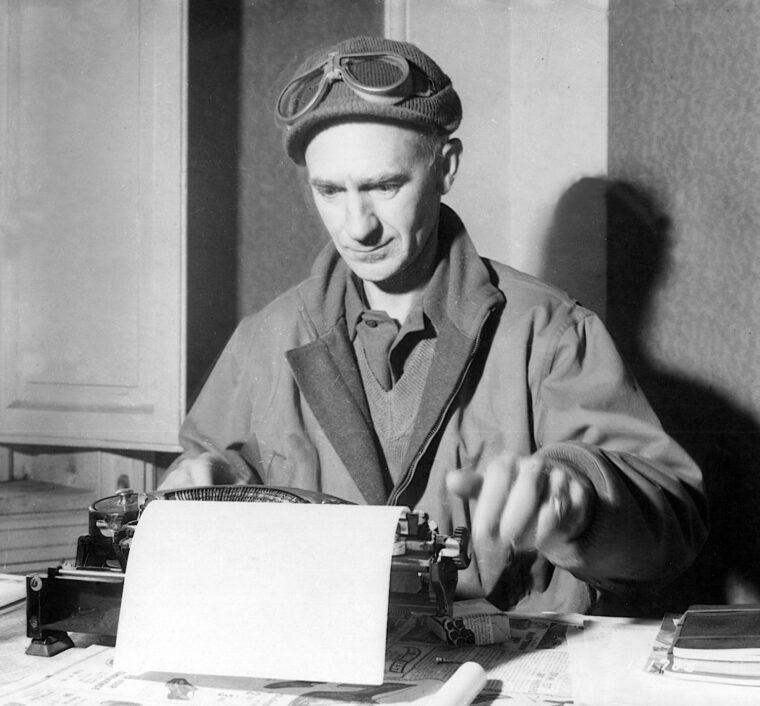
Latest Posts
On December 16, 1943, journalist Ernie Pyle climbed Mount Sammucro, near the Italian town of San Pietro Infine. Read more
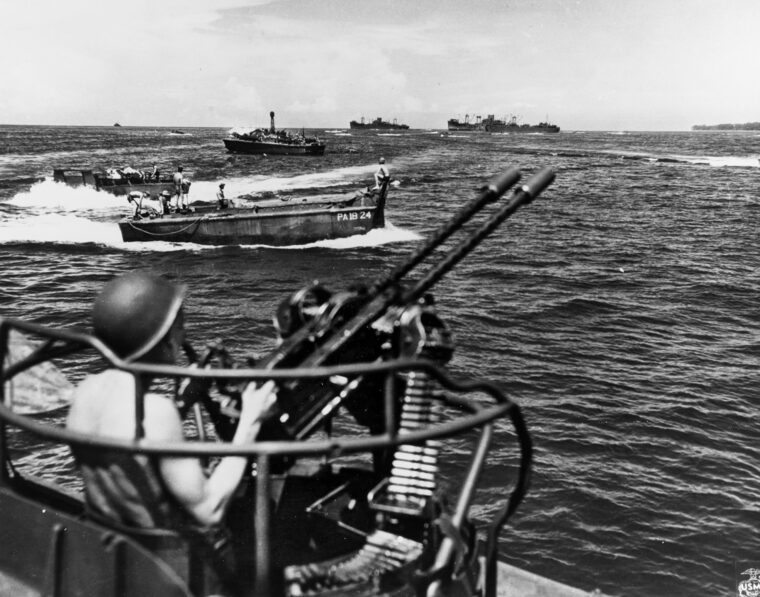
Latest Posts
“Devil Boat” was a nickname given by the Japanese to American Patrol Torpedo (PT) boats during World War II. Read more

Latest Posts
The Aleutian Islands were the only North American territory to be invaded and occupied by an Axis power during World War II. Read more
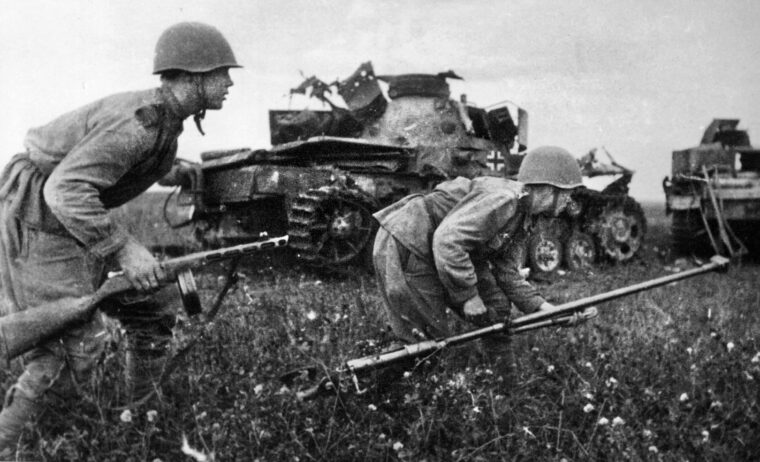
Latest Posts
Waffen SS units made up only a small part of the German Wehrmacht, but they found frequent use as “fire brigades” across the Eastern Front. Read more
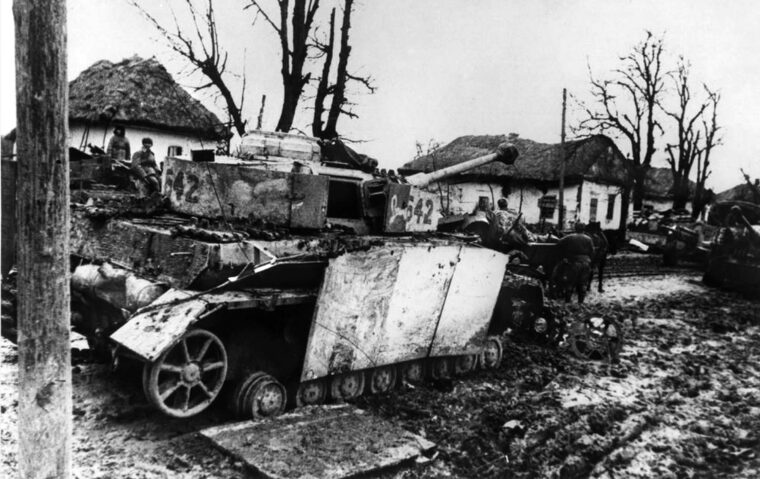
Latest Posts
After the destruction of the German Sixth Army at Stalingrad in February 1943, the German Army Group South began a slow westward withdrawal, inexorably pressed by advancing Soviet forces of what would eventually be named the First through Fourth Ukrainian Fronts. Read more
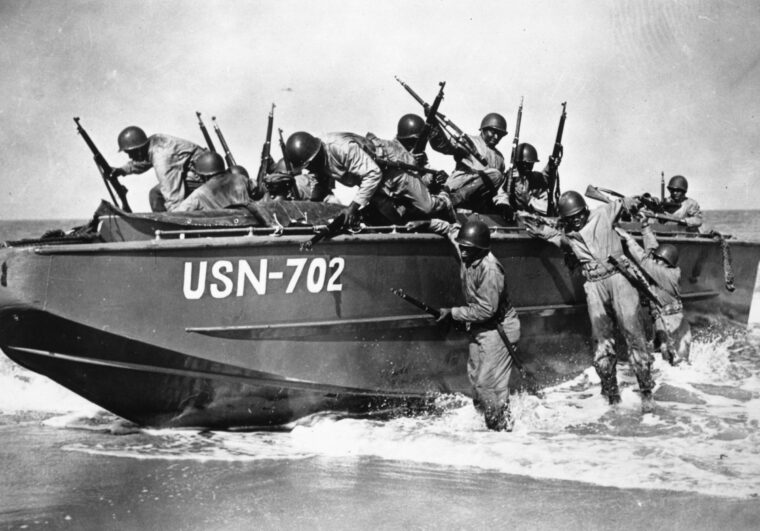
Latest Posts
The darkest, deadliest Christmas in human history occurred in December 1942. Around the globe, as Christians celebrated their holiday of peace and goodwill, peoples of many different faiths and beliefs continued to slaughter one another. Read more
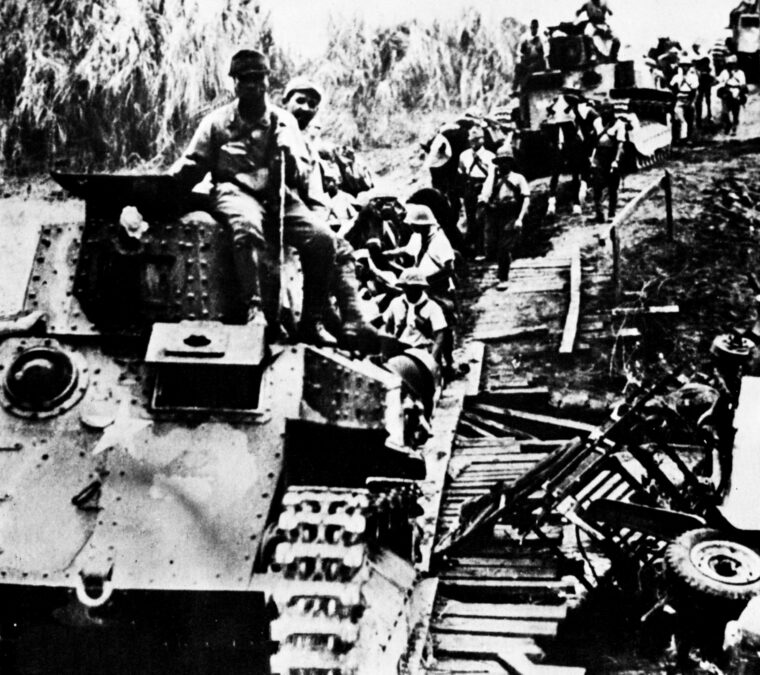
Latest Posts
The Japanese invasion of Burma in January 1942 pitted its well-trained, mobile, and hard-hitting Fifteenth Army against a conglomerate Allied force composed of British, Commonwealth, Indian and Burmese troops in various states of training, equipment and experience. Read more